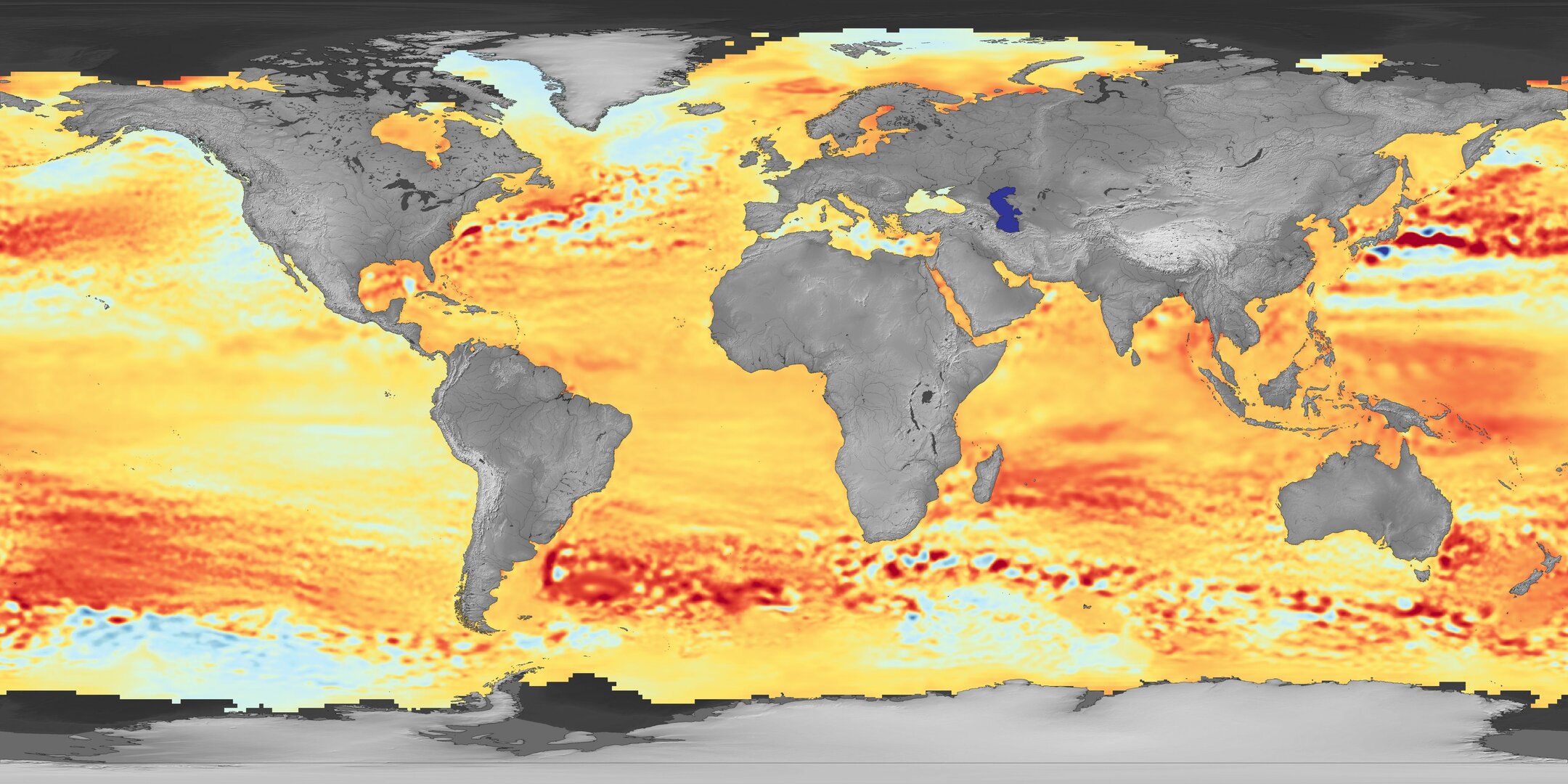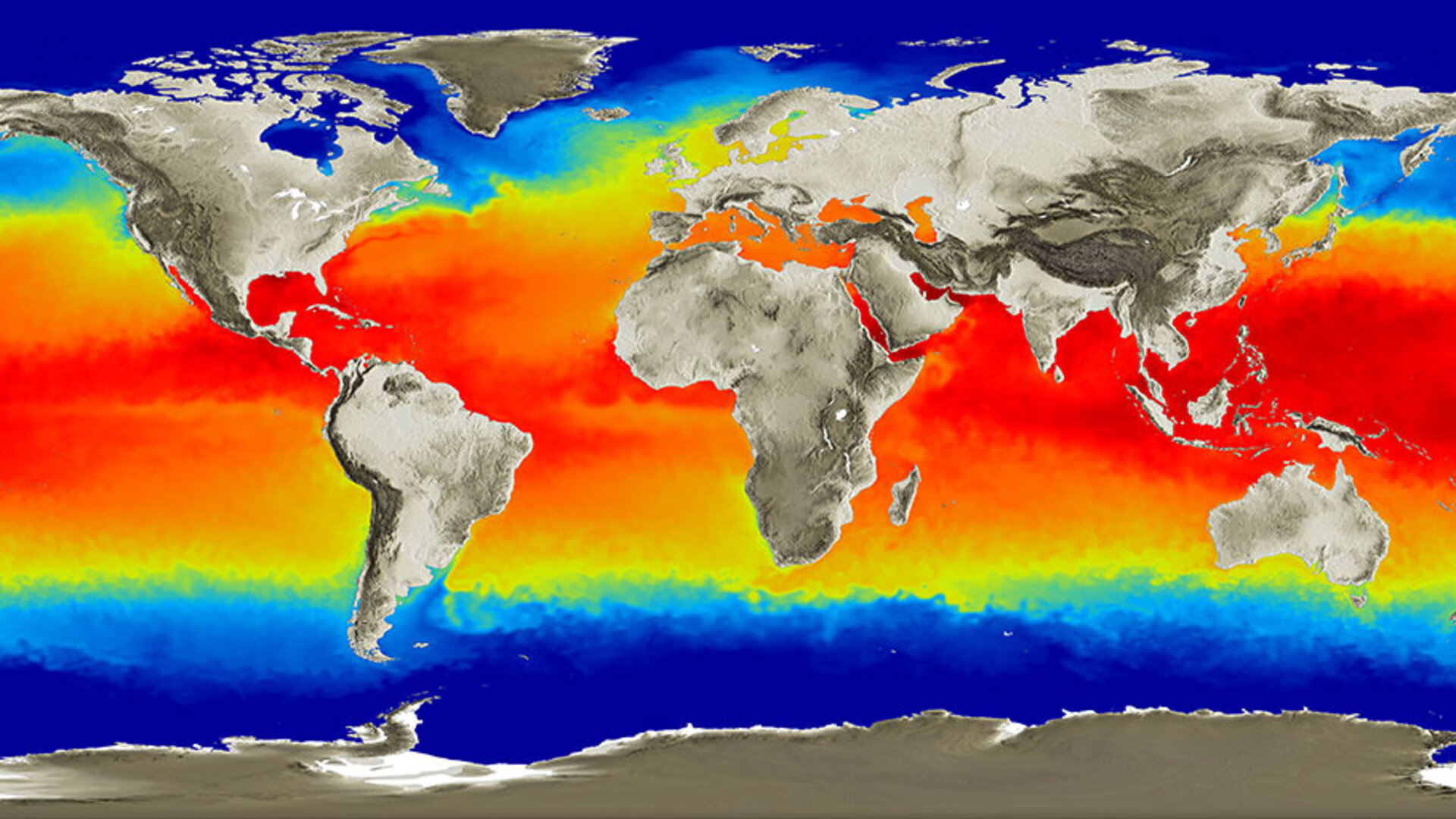ESA and climate
The scientific evidence of global climate change is irrefutable. The consequences of a warming climate are far-reaching – affecting fresh water resources, global food production, sea level and triggering an increase in extreme-weather events.
In order to tackle climate change, scientists and governments need reliable data in order to understand how our planet is changing. For more than 30 years, Earth-observing satellites provide a global view needed to monitor and understand the challenges of our changing world. These precise measurements enable the scientific community to detect signs of change, identify significant trends and improve the models that predict the climate’s evolution.
Satellites provide unequivocal evidence of the changes taking place on Earth and provide the big picture, collecting long-term series of data, in order to understand its effects. This vital information enables governments and decision-makers to address the consequences of a changing climate, manage risks and enhance resilience.
With five Copernicus Sentinel missions and four Earth Explorer missions in orbit, the satellites cover a vast array of areas, such as ice thickness coverage, deforestation, soil moisture, sea level and ocean surface temperature, as well as other essential climate variables.
The observations provide us with a global coverage, revisiting the same region every few days and proving a good understanding of the health and behaviour of our planet – and how it is affected by climate change. Through ESA’s Climate Change Initiative, long-term datasets on key indicators of climate change are being systematically generated and preserved.









